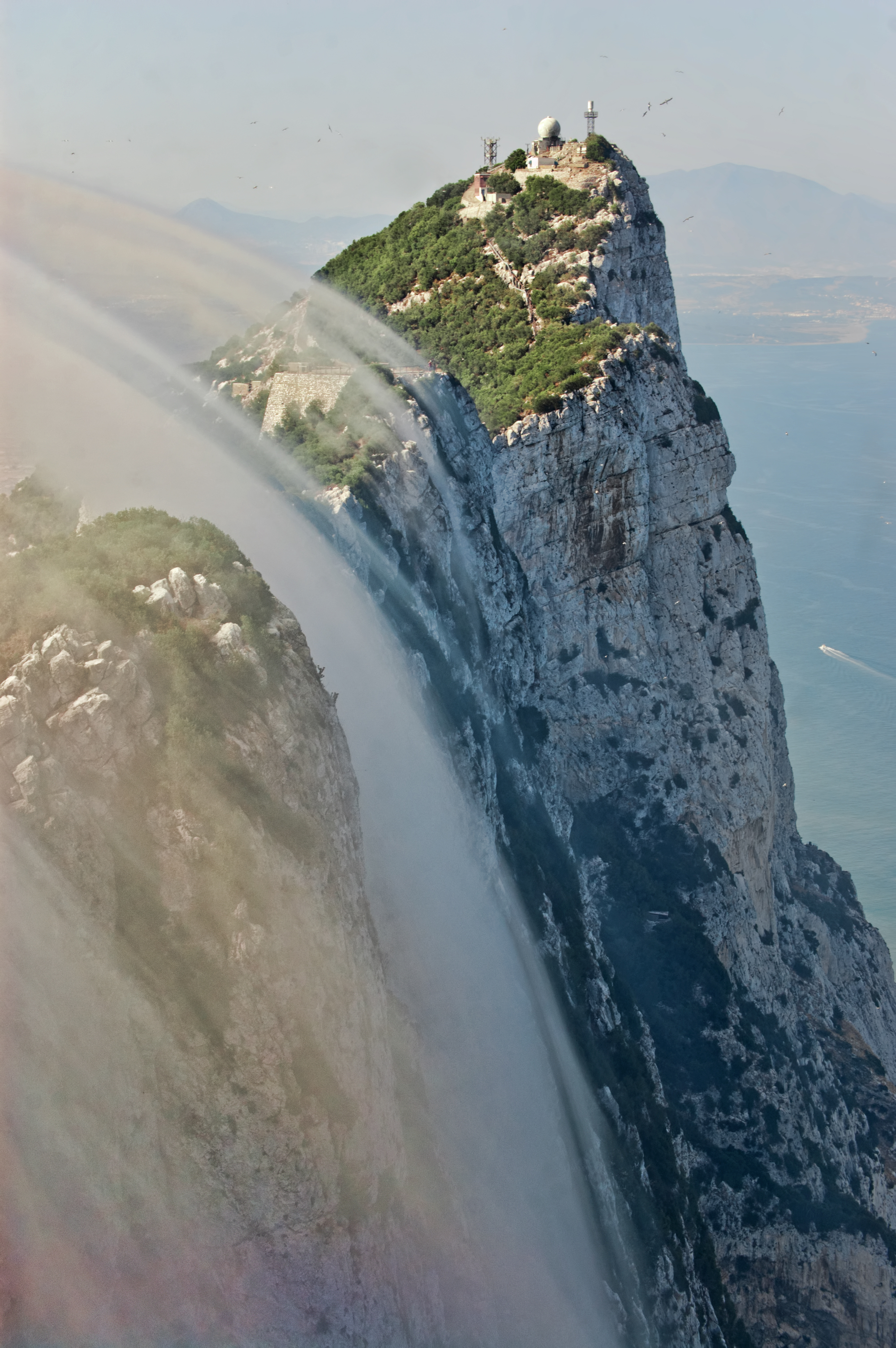|
Natural Park Of Penyal D'Ifac
Penyal d'Ifac Natural Park ( ca-valencia, Parc Natural del Penyal d'Ifac, es, Parque Natural del Peñón de Ifach) is a natural park (Spain), natural park situated in Calpe, in the Valencian Community, Spain. The Penyal d'Ifac is a massive limestone outcrop emerging from the sea and linked to the shore by rock debris. It is home to numerous rare plants, including a number of endemic species, and over 300 species of animals, and a nesting site for colonies of sea birds and other birds. Rising to 332 metres high, the rock is a striking visual feature of the Mediterranean coastline. Historically it was known to the Phoenicians as the Northern Rock, to distinguish it from its southern counterpart, the Rock of Gibraltar.Fincal La Hometa website , accessed 20 March 2011 Behind Penyal d'Ifac is a large lagoon cut off from t ... [...More Info...] [...Related Items...] OR: [Wikipedia] [Google] [Baidu] |
Marina Alta
Marina Alta (, "Upper Marina") is a central and coastal ''comarca'' of the autonomous community of Valencia, Spain. The ''comarca'' is located in the area of Alicante and its capital and largest settlement is the city of Dénia. Marina Alta borders the ''comarca'' of Safor to the north, the Mediterranean Sea to the north and east, the ''comarca'' of Marina Baixa to the south and Comtat to the west. Marina Alta and Marina Baixa are commonly referred to as ''les Marines''. Coastal towns such as Calp, Denia and Xabia rely heavily on tourism, while inland towns are more dependent on agriculture and other general commerce. Municipalities The ''comarca'' of la Marina Alta comprises 33 municipalities, of which the most northeasterly two - Dénia and adjacent Xàbia () or () is a coastal town and municipality in the '' comarca'' of Marina Alta, in the province of Alicante, Valencia, Spain, by the Mediterranean Sea. Situated on the side of the Montgó Massif, behind a wide bay an ... [...More Info...] [...Related Items...] OR: [Wikipedia] [Google] [Baidu] |
Rock Of Gibraltar
The Rock of Gibraltar (from the Arabic name Jabel-al-Tariq) is a monolithic limestone promontory located in the British territory of Gibraltar, near the southwestern tip of Europe on the Iberian Peninsula, and near the entrance to the Mediterranean. It is high. Most of the Rock's upper area is covered by a nature reserve, which is home to around 300 Barbary macaques. These macaques, as well as a labyrinthine network of tunnels, attract many tourists each year. The Rock of Gibraltar, one of the two traditional Pillars of Hercules, was known to the Romans as ''Mons Calpe'', the other pillar being ''Mons Abila'', either Monte Hacho or Jebel Musa on the African side of the Strait. According to ancient myths fostered by the Greeks and the Phoenicians, and later perpetuated by the Romans, the two points marked the limit to the known world, although the Phoenicians had actually sailed beyond this point into the Atlantic, both northward and southward. The Mediterranean Sea surroun ... [...More Info...] [...Related Items...] OR: [Wikipedia] [Google] [Baidu] |
Protected Areas Established In 1987
Protection is any measure taken to guard a thing against damage caused by outside forces. Protection can be provided to physical objects, including organisms, to systems, and to intangible things like civil and political rights. Although the mechanisms for providing protection vary widely, the basic meaning of the term remains the same. This is illustrated by an explanation found in a manual on electrical wiring: Some kind of protection is a characteristic of all life, as living things have evolved at least some protective mechanisms to counter damaging environmental phenomena, such as ultraviolet light. Biological membranes such as bark on trees and skin on animals offer protection from various threats, with skin playing a key role in protecting organisms against pathogens and excessive water loss. Additional structures like scales and hair offer further protection from the elements and from predators, with some animals having features such as spines or camouflage servi ... [...More Info...] [...Related Items...] OR: [Wikipedia] [Google] [Baidu] |
Natural Parks Of The Valencian Community
Nature, in the broadest sense, is the physical world or universe. "Nature" can refer to the phenomena of the physical world, and also to life in general. The study of nature is a large, if not the only, part of science. Although humans are part of nature, human activity is often understood as a separate category from other natural phenomena. The word ''nature'' is borrowed from the Old French ''nature'' and is derived from the Latin word ''natura'', or "essential qualities, innate disposition", and in ancient times, literally meant "birth". In ancient philosophy, ''natura'' is mostly used as the Latin translation of the Greek word ''physis'' (φύσις), which originally related to the intrinsic characteristics of plants, animals, and other features of the world to develop of their own accord. The concept of nature as a whole, the physical universe, is one of several expansions of the original notion; it began with certain core applications of the word φύσις by pre-Socr ... [...More Info...] [...Related Items...] OR: [Wikipedia] [Google] [Baidu] |


.jpg)